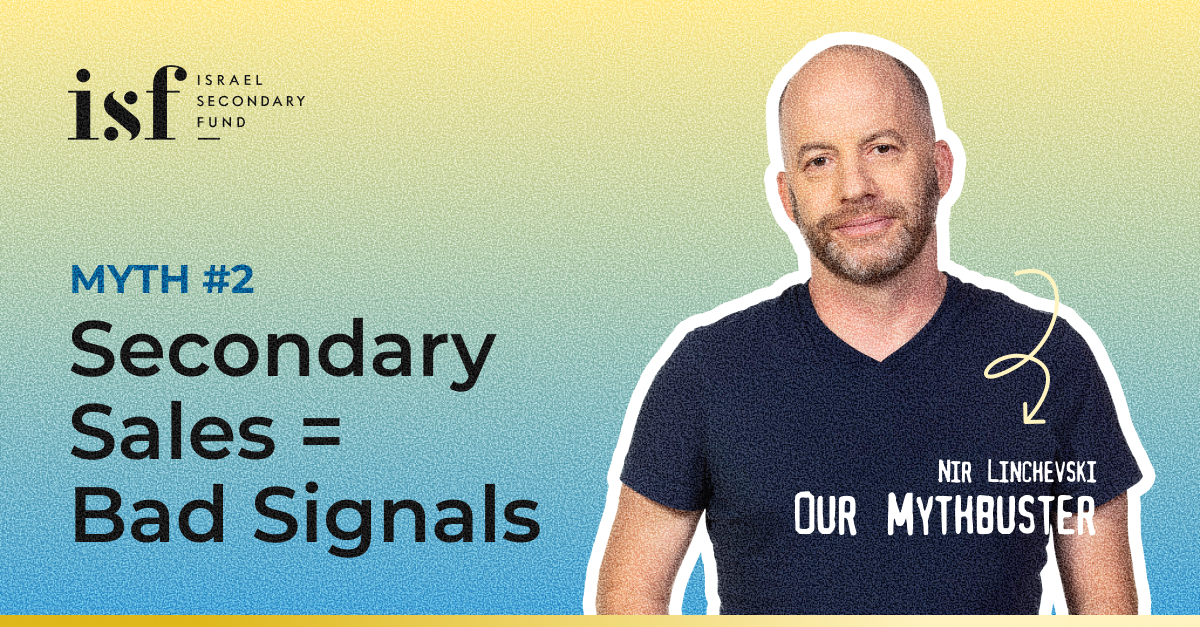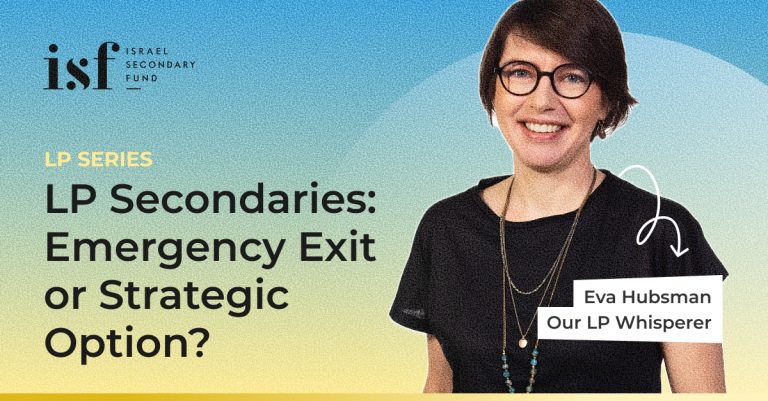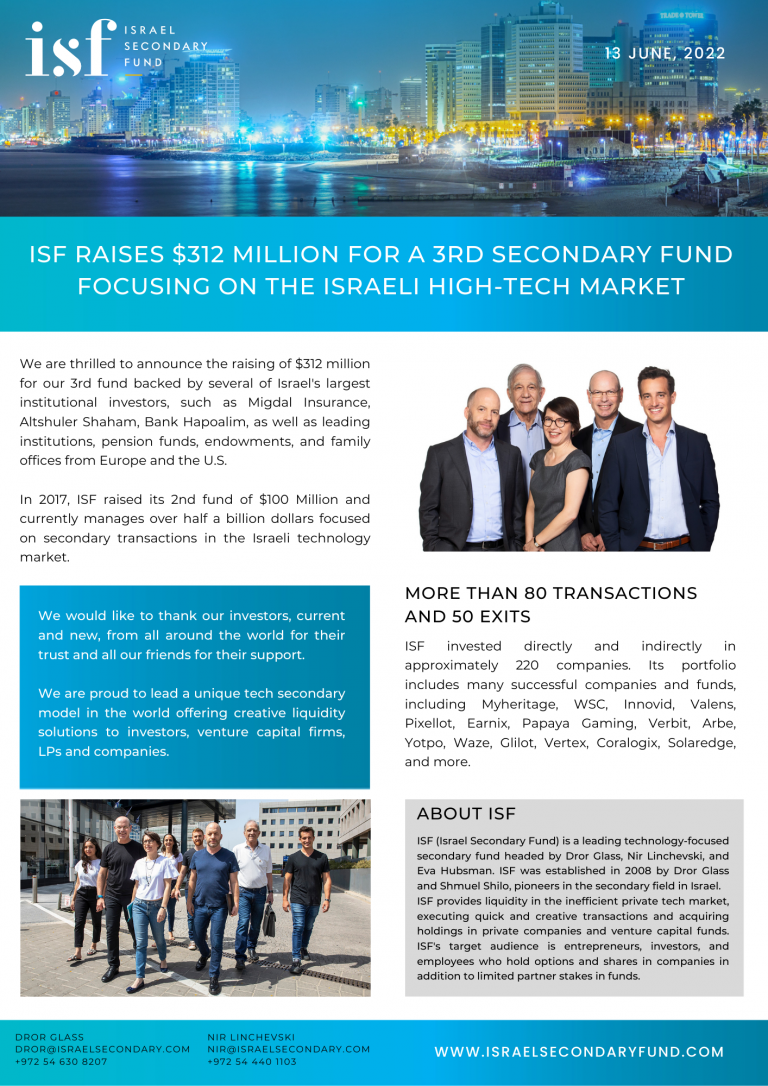If founders are selling, something must be wrong
I’ll admit, before living and breathing the secondary market, I too used to believe this pervasive myth. After all, it seems to make sense:
Wait… they’re selling?
Are they trying to run away?
Do they know something we don’t?
Will leadership push as hard after taking chips off the table?
But here’s the reality:
There’s secondary done wrong and secondary done right. When done right, it’s not just neutral – it’s often a necessary step towards building a billion-dollar company.
Think of it like racing Formula 1
Every founder dreams of crossing that billion-dollar finish line. But what veteran racers understand is that you can’t sprint full throttle for 500 laps without a smart pitstop strategy. The best teams take the time to refuel and tune up – not because something’s broken but because that’s how you stay in the race for the long haul.
What does this look like in practice?
Recently, I met with a founder who approached us about a potential secondary sale.
He and his family had outgrown their home, and after five years of pouring everything into his company, he wanted to upgrade their living situation. Despite the company’s strong performance, he was visibly anxious about broaching the topic with his VCs.
When he finally gathered the courage to raise the subject, their response shocked him.
“What took you so long to ask??” His investors weren’t just supportive – they were insistent he proceed, and quickly. They recognized something he hadn’t: his personal financial stress had no place at this point in building his company.
This same transformation happens whether it’s a founder or an early employee. It’s not about cashing out – it’s about creating the conditions for sustained commitment. That’s what a strategic secondary is: a deliberate move to keep your team performing at its peak for the long term.
A secondary done right creates this long-term alignment by giving each company stakeholder the conditions to push their ambitions further:
For founders and early execs: The ability to convert a small portion of paper wealth into tangible financial stability transforms the mindset from “we need an exit” to “we can build something monumental”, maintaining the bulk of the original equity stake while eliminating the pressure of personal financial strain that often drives premature exits.
For investors: Investors seeking early liquidity can realize their holdings, while those aiming to maximize long-term value remain invested. Secondaries effectively remove unnecessary friction from the equation
For employees: Employees can enjoy financial rewards along the journey to exit, providing significant validation of their work and the company’s worth.
Ultimately, when structured properly, secondaries help align incentives across stakeholders, provide financial flexibility, and enable long-term company building. Rather than a warning sign, they’re a mark of leadership thinking strategically about sustainable company growth.
MYTH BUSTED 😎






